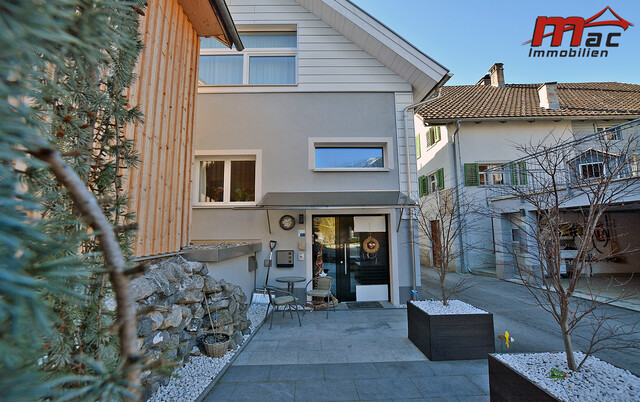Austria's Population Trusts News More Again
When asked about individual media outlets, ORF can point to 63 percent of respondents (2024: 60 percent) who trust its news. The "Standard" reaches 60 percent, closely followed by the "Presse" (59 percent) and regional or local news sources (58 percent). Significantly less trust is enjoyed by tabloid media such as "Kronen Zeitung" (34 percent), "Heute" (39 percent), and "oe24" (43 percent).
Reuters News Report: Peak in News Avoiders
About every second person in the country states they are extremely (21.4 percent) or very interested (31.1 percent) in news. However, the number of those in the country who consciously avoid news is also rising. 16.5 percent say they do this "often," 22.8 percent "sometimes." This places Austria almost exactly at the global average of about 40 percent - a peak. In 2017, only 29 percent of respondents worldwide at least sometimes deliberately avoided news. A common reason given is that news consumption negatively affects one's mood or that one feels overwhelmed by the sheer volume.
TV news continues to lead as the main news source with 29.7 percent and has even slightly expanded its lead over social media (14.8 percent). Globally, the balance of power is reversed: social media is most frequently cited as the main news source worldwide (26.7 percent), with TV news at 22.1 percent. Radio news performs significantly above average in this country, with 14.1 percent of respondents using it as their main source of information, and printed newspapers (10 percent). However, the weekly print reach has halved since 2015 (71 percent) to 35 percent in 2025. Primarily, 11.3 percent get their information through the online presence of newspapers or their apps. The reach of news podcasts, which are now used at least weekly by eleven percent of respondents, should not be overlooked. They are booming, especially among younger people with a high level of education.
One in Five Pays for Online News
There is a significant increase in willingness to pay for online content. 22 percent of respondents say they paid for online news in the past year. In the previous year's report, it was only 13.7 percent, even slightly less than in the 2023 report (14.3 percent). With the jump to 22 percent, Austria has catapulted itself well above the global average of 15 percent, but still lags behind countries like Norway (42 percent) and Sweden (31 percent).
For the second time, it was asked how people feel about using news primarily created by Artificial Intelligence (AI). 17.8 percent say they feel very or somewhat comfortable with it (2024: 12.7 percent). However, a majority (50.9 percent) still feels very or somewhat uncomfortable using such news.
The "Digital News Report" by the Reuters Institute for the Study of Journalism has been collecting data on the shift from analog to digital news consumption since 2012. The Department of Communication Studies at the University of Salzburg is responsible for the Austrian part of the study. The data collection was conducted by YouGov Plc. as a partner of the Reuters Institute in a total of 48 countries. The survey, conducted at the end of January and beginning of February, of about 2,000 people in Austria alone, is representative of the online active population aged 18 and over.
(APA/Red.)
This article has been automatically translated, read the original article here.
Du hast einen Hinweis für uns? Oder einen Insider-Tipp, was bei dir in der Gegend gerade passiert? Dann melde dich bei uns, damit wir darüber berichten können.
Wir gehen allen Hinweisen nach, die wir erhalten. Und damit wir schon einen Vorgeschmack und einen guten Überblick bekommen, freuen wir uns über Fotos, Videos oder Texte. Einfach das Formular unten ausfüllen und schon landet dein Tipp bei uns in der Redaktion.
Alternativ kannst du uns direkt über WhatsApp kontaktieren: Zum WhatsApp Chat
Herzlichen Dank für deine Zusendung.








